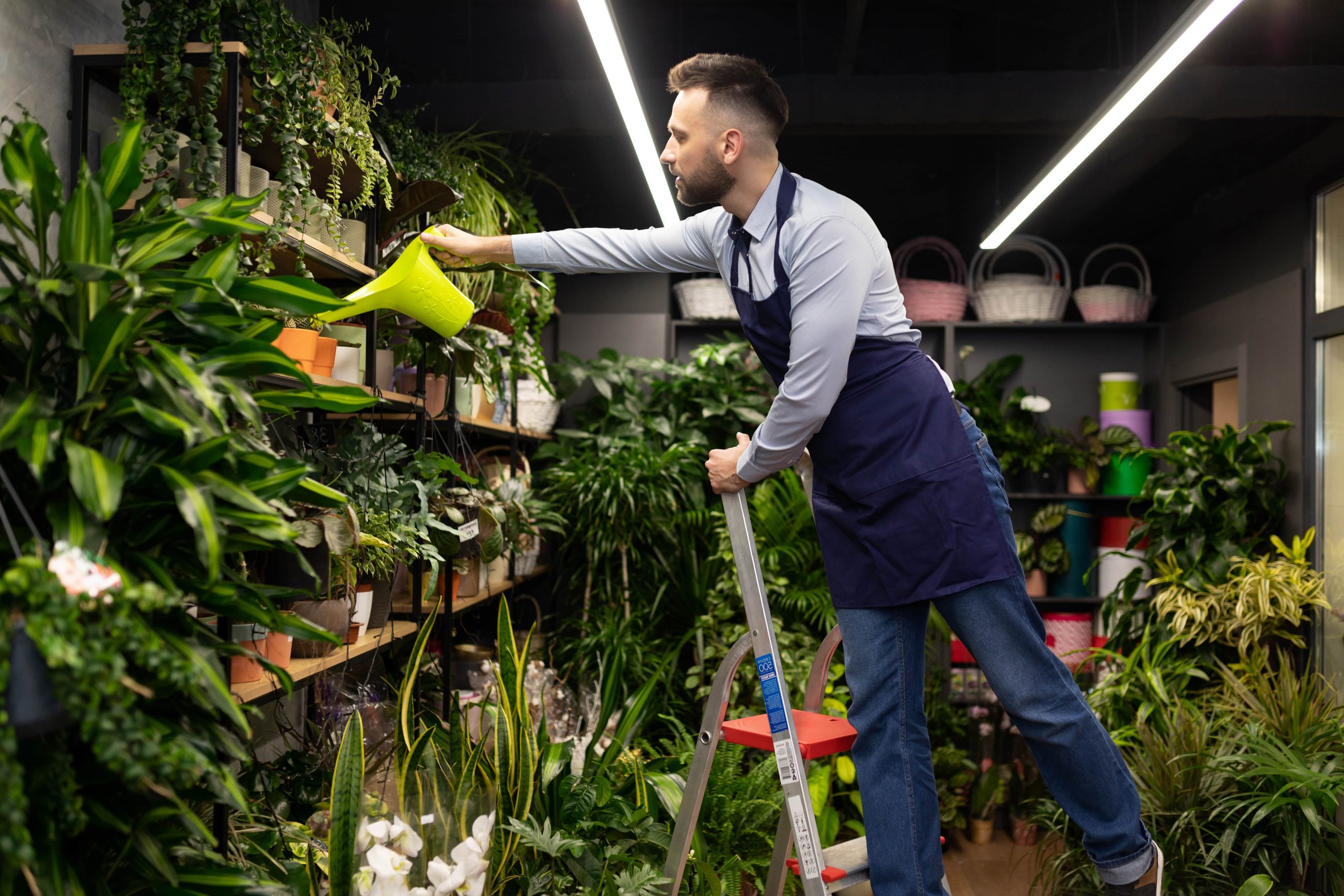Water gardening offers any outdoor area peace, beauty, and variety by combining aquatic life with horticulture. Water gardens offer a great range of aquatic plants, ornamental fish, and water features using ponds, containers, or even fountains instead of conventional gardens depending on soil and land-based plants. Small and basic or big and ornate, these gardens fit balconies, patios, or enormous, open yards. A calm haven from daily tension is created by the soft movement of aquatic plants combined with the soothing sounds of water. Water gardening enhances the microclimate of a garden area and promotes helpful fauna, therefore transcending mere decoration. Whether your interests are nature or hobbies, investigating water gardening provides a whole another angle of gardening fun.
The Basics of Water Gardening
Fundamentally, water gardening is the care of plants and sometimes fish in a water-filled environment. It might be as simple as a little ceramic pot filled with floating plants or as sophisticated as a koi pond with subsurface lights, waterfalls, and filters. Any water garden needs a water container or basin, aquatic plants, and usually some kind of water circulation—a pump or fountain—to maintain the environment oxygenated and clean.
Water gardening distinguishes itself mostly from other gardens by using aquatic plants—which are either submerged, floating, or marginal. Hornwort and other submerged plants assist to oxygenate the water. Whereas marginal plants like cattails and irises grow at the margins and act as attractive borders, floating plants like water lettuce provide beauty and help prevent algae. Gardeners may create both ecological harmony and visual balance by carefully selecting a blend of these.
Design Considerations and Setup
Creating a water garden calls much more than just excavating a hole and then filling it. Good planning guarantees simplicity of upkeep, esthetic attractiveness, and plant health. Start by choosing a spot that gets enough sunlight—at least five to six hours daily is best for most aquatic plants. Steer clear of putting your water feature beneath trees as falling leaves might clogged pumps and break down in the water, fostering algae development.
Small areas and novices will find container water gardens perfect. Select a strong, waterproof container—a half whiskey barrel or a big ceramic pot. For in-ground ponds, for bespoke forms, think about utilizing flexible or pre-formed liners. Depth is also crucial; shallow parts sustain marginal plants; in colder climes, deeper zones may enable fish and stop water from freezing solid. Using pebbles, ornamental gravel, and aquatic soil helps ground plants and accentuate natural beauty.
Plant and Wildlife Selection
In a water garden, the plant life not only looks good but also is rather important for preserving water quality. Classic selections with their beautiful blossoms and big floating foliage include l Lotus and water lilies. Popular floating plants that inhibit algal development and aid to lower sunlight penetration include duckweed and frogbit. By absorbing nutrients, providing cover, and generating oxygen, every kind of plant contributes to a healthy environment.
Your water garden will be much enhanced by fish and other aquatic life. Common additions include goldfish and koi; while koi want more filtration and area, Along with adding movement and color, these fish consume algae and bug larvae. Natural attraction to the surroundings might come from frogs, dragonflies, and snails, therefore promoting biodiversity. Overstocking should be avoided, however, as too many animals may upset the equilibrium and contaminate the water.
Maintenance and Seasonal Care
Although water gardens need regular upkeep even if they are somewhat low-maintenance than conventional gardens. Weekly chores include water level check, trash removal, dead plant material pruning, and algae development monitoring. In warm temperatures, algae may cause issues particularly in imbalanced systems with too much light or organic matter. Using UV clarifiers or adding good bacteria can assist control blooms without endangering fish or vegetation.
Seasonal fluctuations can affect daily routines of care. Aquatic plants might have to be overwintered inside or allowed to fall dormant in colder areas. Bring tropical plants inside before the first freeze. Fish also need particular care; feeding should be cut back when temperatures decrease; heaters or de-icers might be needed to keep the pond habitable. Springtime thorough cleaning helps the garden be ready for another energetic season of development and activity.
Conclusion
Right in your own backyard, balcony, or patio, water gardening offers a different and quiet approach to interact with nature. Year-round visual appeal and mental comfort come from its combination of aquatic vegetation, calm water features, and frequently vibrantly colored fish. It’s not just about designing something lovely but also about tending to a little ecosystem in which every component supports a harmonic environment. The benefits are quite fulfilling whether your first project is a little container garden or a whole pond build. From lowering stress to helping nearby animals, a well-kept water garden becomes a living piece of beauty. Anyone can create a peaceful aquatic haven from even the tiniest area with the correct design, plant selection, and maintenance that inspires both peace and delight.
